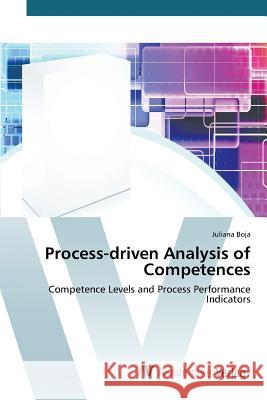Process-driven Analysis of Competences » książka
Process-driven Analysis of Competences
ISBN-13: 9783639793642 / Angielski / Miękka / 2015 / 136 str.
The importance of competences for personal and organizational success is widely recognized and there are many approaches and examples for competence management implementations. The reason for this interest is the inflence of competences on the performance. Although the main reason for managing competences is performance improvement, there is a lack of approaches that include performance monitoring in the competence management implementation. Therefore the impact of competence management on performance cannot be proven directly. The main difficulty here is to link the employee's competences to the correct indicators measuring the employee's performance. To bring the concept of competence and performance together a new approach for process-driven analysis of competence levels and process performance indicators is developed. It uses business processes as basis for the definition of competences and performance indicators and to assign employee's competences to the correct performance indicators they influence. It enables the combined analysis of competence and process performance development based on historical data.
The importance of competences for personal and organizational success is widely recognized and there are many approaches and examples for competence management implementations. The reason for this interest is the inflence of competences on the performance. Although the main reason for managing competences is performance improvement, there is a lack of approaches that include performance monitoring in the competence management implementation. Therefore the impact of competence management on performance cannot be proven directly. The main difficulty here is to link the employees competences to the correct indicators measuring the employees performance. To bring the concept of competence and performance together a new approach for process-driven analysis of competence levels and process performance indicators is developed. It uses business processes as basis for the definition of competences and performance indicators and to assign employees competences to the correct performance indicators they influence. It enables the combined analysis of competence and process performance development based on historical data.











